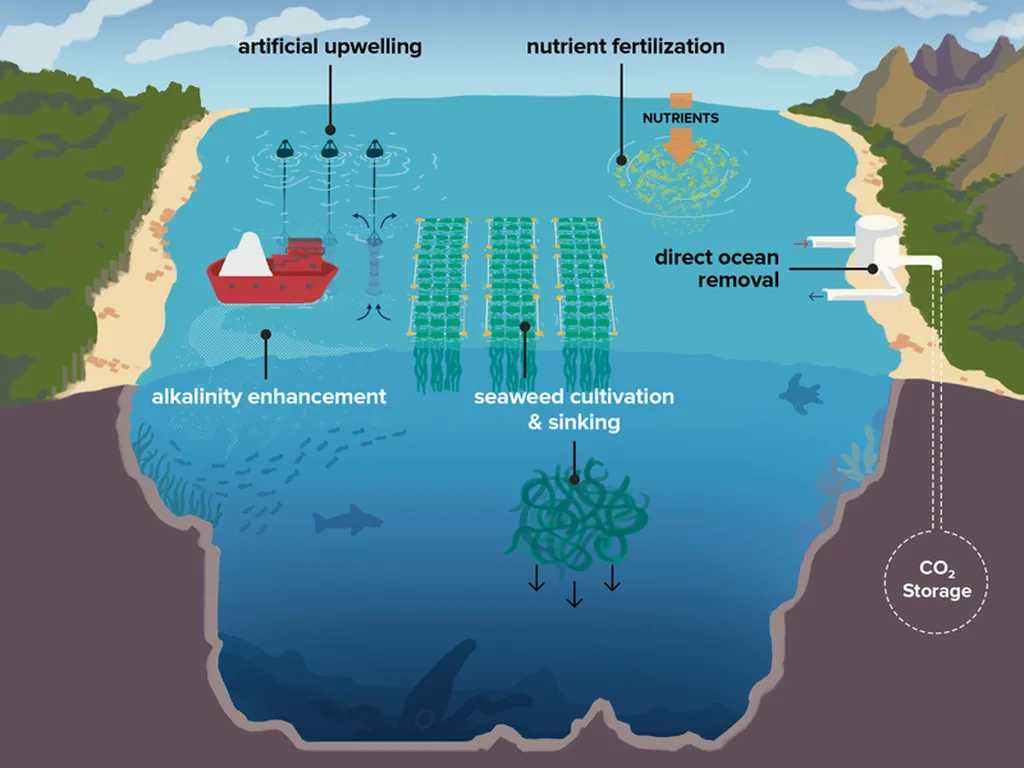An international group of marine scientists has sounded the alarm on the urgent need for robust monitoring, reporting, and verification (MRV) systems for marine carbon dioxide removal (CDR) methods. The call to action comes in the form of the European Marine Board’s Future Science Brief No. 13, published in Brussels, which underscores the critical role of MRV systems in ensuring the safe and transparent application of marine CDR.
The brief, authored by thirteen researchers from an international working group, including Prof. Dr Andreas Oschlies from GEOMAR Helmholtz Centre for Ocean Research Kiel, highlights that no current marine CDR method has a sufficiently comprehensive MRV system in place. This gap poses significant challenges to the efficient and safe implementation of these technologies.
Dr Helene Muri, a senior researcher at the Norwegian Institute for Air Research (NILU) and the Norwegian University of Science and Technology (NTNU), co-led the working group and emphasized the necessity of reliable MRV systems. “No marine carbon dioxide removal method currently has a sufficiently robust and comprehensive MRV system in place,” Muri stated. “This means that efficient and safe implementation cannot be ensured at present.”
The brief identifies several key research gaps that need to be addressed. For instance, the impact of different CDR methods on ocean processes and the duration for which captured carbon remains stored are not yet fully understood. These uncertainties complicate the evaluation of potential risks and benefits associated with marine CDR.
Prof. Dr Andreas Oschlies from GEOMAR stressed the importance of reliable data for responsible climate policy. “Responsible climate policy requires reliable data,” Oschlies said. The report highlights the need for observational data, modelling approaches, and technological innovations to support the development of science-based MRV systems. Oschlies added, “Findings from the German research mission CDRmare – from laboratory studies, mesocosm experiments and modelling – suggest that several marine carbon dioxide removal methods may hold promise. However, we can only make responsible decisions about if and where they can be applied once we fully understand their effectiveness and possible side effects in the marine environment.”
Beyond scientific challenges, the report also addresses governance issues. Currently, there are no dedicated legal or institutional frameworks for MRV systems related to marine CDR. Dr Muri emphasized the need for harmonized and binding rules to provide transparency and overcome the current fragmentation of MRV systems. “We need harmonised and binding rules that provide transparency and overcome the current fragmentation of MRV systems,” Muri said. Only then can future marine CDR activities be implemented responsibly, ensuring the protection of marine ecosystems.
The scientists also stressed that while marine CDR can support the reduction of greenhouse gas emissions, it cannot replace the urgent need to rapidly and substantially cut emissions. This distinction is crucial for setting realistic expectations and priorities in the fight against climate change.
The publication of this brief serves as a wake-up call to the scientific community, policymakers, and stakeholders involved in marine CDR. It underscores the necessity of developing comprehensive MRV systems to ensure that marine CDR methods are applied safely, transparently, and effectively. As the world grapples with the challenges of climate change, the insights and recommendations from this brief will be instrumental in shaping the future of marine carbon dioxide removal.

